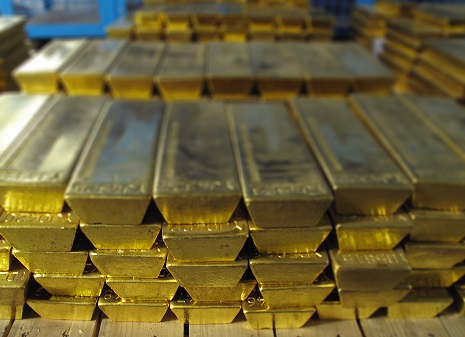Wealth Strategies
Hedging Exposure In Risky Times: Bank Of Singapore

Gold hasn't been particularly effective as a hedge so far but its price could break higher if protectionism gets much worse, the bank says.
Investors are likely to focus strongly on how to hedge against the damaging impact of rising US tariffs against China and other nations, Bank of Singapore said in a recent note. And, although gold hasn’t performed strongly of late, its price could go up if trade tensions worsen.
Taking a short (ie, negative bet) against a basket of Asian currencies (Chinese renminbi, aka yuan, Korean won, Taiwan dollar and Singapore dollar) is, for the moment, the most effective hedging ploy, Sim Moh Siong, currency strategist at the bank, said in a note.
“Concerns that China has more to lose than the US from escalating trade tension has put CNY [Chinese renminbi] at the epicentre of FX stress. This currency stress has since rippled to currencies of Asian exporters plugged into the China supply chain and China-sensitive G10 currencies. On the other hand, the risk-off environment that drove a decline in US yields has sustained a [dollar-yen] downtrend,” the economist said.
Wealth managers have already talked about the need to cut risk exposures - or at least not increase them - as US President Donald Trump has pushed up tariffs against China, prompting retaliation from Beijing.
“In contrast, gold, for now, is an unloved safe haven for a few reasons. First, gold’s direction depends on US equity market sentiment. Gold’s biggest spikes happened when the US equity market was in trouble and the US stock market has been holding up well. [The] S&P 500 [index of US equities] is only down 5 per cent from its early May high, reinforcing the perception that “China loses more than America”, although the latter’s relative resilience (vis-à-vis China equity market) may be starting to erode,” Bank of Singapore continued.
“Second, a key driver of gold is real interest rates. Falling real rates, which lowers the opportunity cost of owning gold, is typically gold positive. However, the fall in US nominal yields since early May has not buoyed gold, as the bulk of the decline is driven by so-called breakeven inflation rates (an indication of the rate of expected prices in the future derived from inflation-indexed bonds) rather than real rates,” the bank said.